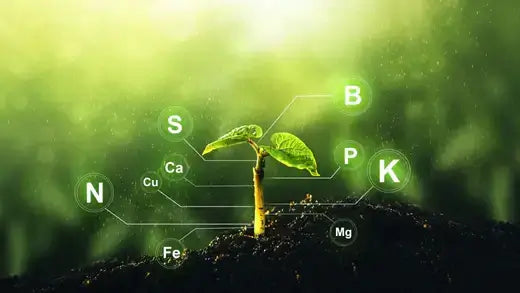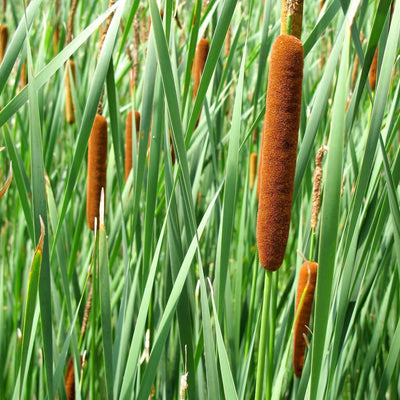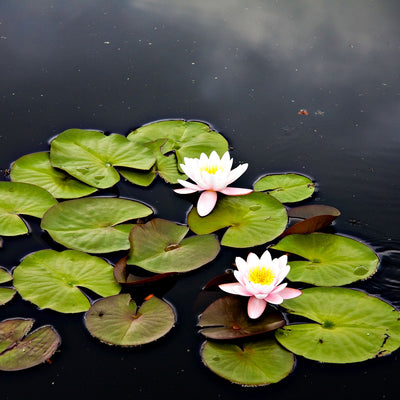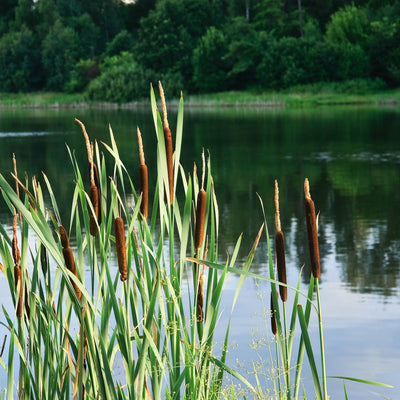Oxygenator plants are those plants that grow in water and remain either partially or fully submerged.
They are referred to as oxygenators because they generate oxygen throughout the day by the process of photosynthesis. The oxygen is released into water naturally if you plant them in your pond, and it acts as a perfect habitat for your fishes.
Apart from releasing oxygen into the water, they also play an important role in softening the water and maintaining the pH levels.
By growing these plants, you can also reduce algae to a great extent as they compete with algae for nutrients. They also provide a protective cover for the fish.
Some of the conventional plants that can be planted as oxygenators in your pond are—
Anacharis Canadensis—These plants can be planted in the pond along with water lilies, and they are also known as Elodea. They have green leaves that are arranged in a whorl on a stem. They produce white-colored flowers throughout the summer season on their small stems. They are sometimes also planted as water quality indicators. They tend to get calcium deposits on them in hard water.
Giant Val's—It is also known as Vallisneria gigantea Nand has long dark green leaves. These plants are ideal for ponds and can grow up to 4-5 feet in length. They act as shelter and hiding spots for small fishes and are good oxygenators.
Foxtail/ Hornwort—Hornwort is a beautiful plant that remains submerged in water. It is a free-floating plant and can sometimes get attached to the bottom of the pond. These plants help in cleaning the water and keeping it free from algae.
Canadian Pondweed: It is also known as American Waterweed and is a perennial aquatic plant. It is a submerged plant that can grow up to 5- 12 cm long. It has thick leaves arranged in a whorl on the stem. The flowering period ranges from May to September month.
Hottonia Palustris—The common name for this plant is Water Violet, which is considered a very good oxygenator. It remains submerged in water and produces flowers from May to June. The flowers are white to violet in color, and they are beautiful. The leaves of this plant are dense and bushy, which provides cover for fish.
These are some of the conventional water plants that can be found in nurseries. You can plant them in your pond to provide a natural habitat for the fishes and ducks.
Source of Information on Oxygenator Plants




